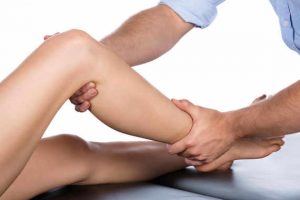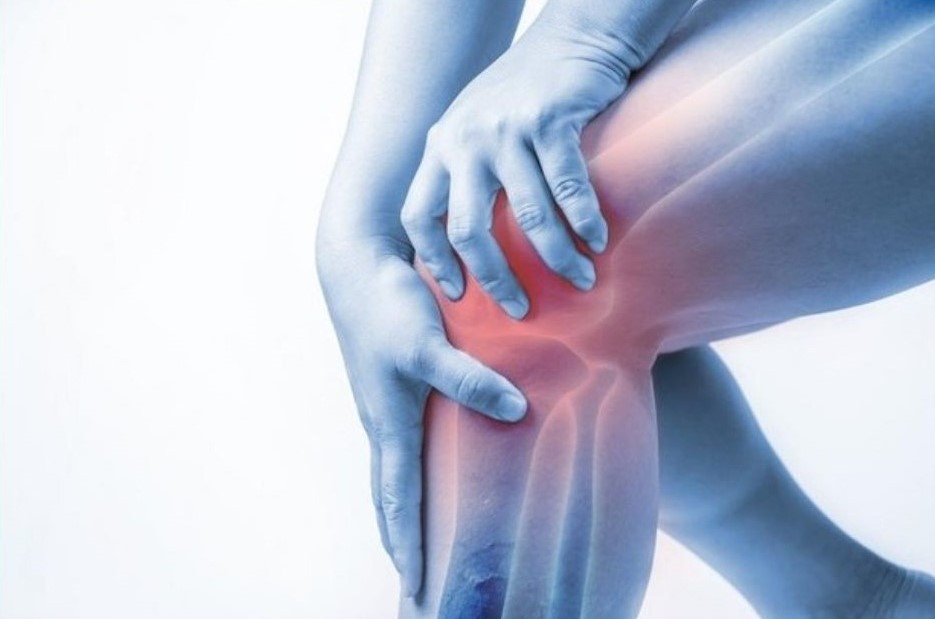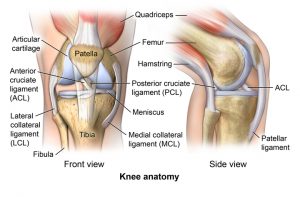Knee Injuries and Treatment
Knee pain is a common complaint that affects many people at some time in their life. The knee is a hinge joint which connects the femur (thigh bone) with the tibia (shin bone). This means that it is often exposed to twisting and sideways forces due to the movement at the hip or ankle. This is important to know when assessing and treating a knee, as it means that your knee pain may be coming from your hips or ankles!
Anatomy of the Knee
The knee is the joint between the femur (thigh bone) and tibia (shine bone). It has two menisci (medial and lateral) that function as shock absorbers between the bones.
It has four strong ligaments which hold it in place; medial and lateral collateral ligaments which prevent sideways movements, as well as anterior and posterior cruciate ligaments which prevent forward and backwards slipping of the bones.
It is mainly controlled by the quadriceps muscle at the front (which extends the knee) and the hamstring muscle at the back (which flexes the knee). It also has a patella (knee cap) which is attached to the quadriceps tendon and sits on top of the femur.
Common Cause of Knee Pain
Ligament damage
A tear or rupture of a ligament will affect the stability of your knee joint and cause pain and swelling. Medial knee pain suggests that the Medial Collateral Ligament is affected, whereas lateral knee pain is likely to mean that the Lateral Collateral Ligament is affected.
Cartilage (or meniscus) damage
Inflammation or tear of the cushioning tissue of the knee joint will also cause pain and swelling, and a ‘catching’ or ‘giving way’ of the knee when weight-bearing. It can cause knee pain when squatting or bending the knee.
Tendonitis
Pain at the bottom of the knee where the quadriceps tendon attaches to the tibia can be due to tendonitis. You may notice sharp knee pain when walking and it will often be very tender to touch.
Patella Tracking Syndrome
This involves a muscular imbalance between the gluteal muscles of the hip (leading into the iliotibial band) and the adductor muscles of the thigh. This can cause the patella to deviate from its “track” and causes pain due to repetitive rubbing of the underside of the patella against the femur. This is often referred to as Runner’s knee.
Osteoathritis
This is a degenerative condition that affects the aging population or can be caused by high impact activities. It can cause knee pain with clicking when squatting or bending and it can be felt around the whole knee.
How to treat knee pain?

More serious injuries such as a complete rupture of a ligament may require surgical intervention or injections for knee pain treatment. It is best to speak to your Healthcare Professional about what your specific knee injury requires.
Knee Pain Treatment Near You?
Healing Hands Osteopathy in Croydon is the leading provider of quality knee pain treatment in the Eastern Suburbs. Our Osteopaths and Remedial Massage Therapist will accurately diagnose the cause of your knee pain and develop a plan to get you back on your feet.
To book an appointment with one of the Healing Hands team, either call 97232233 or click here to book online.



